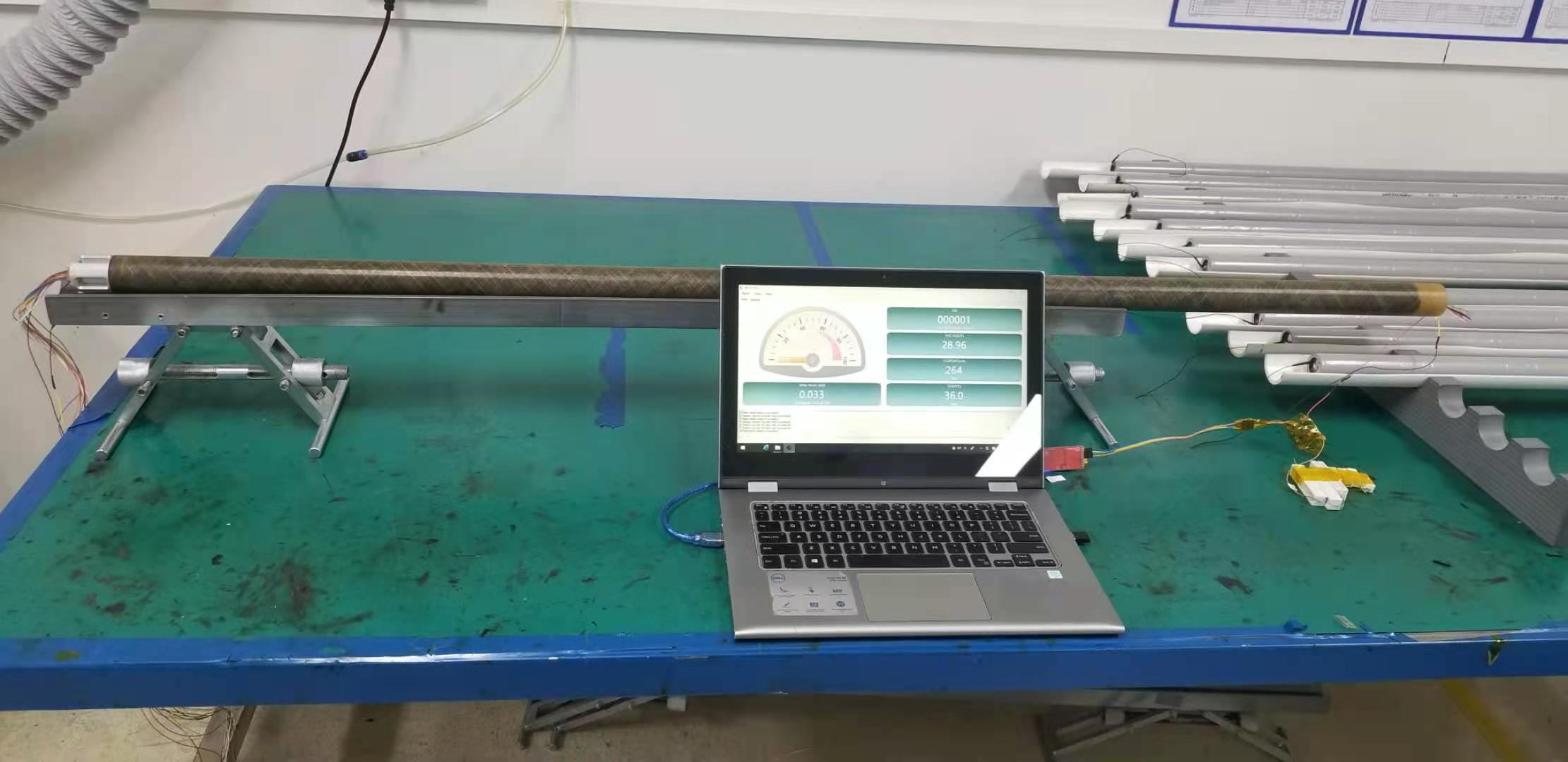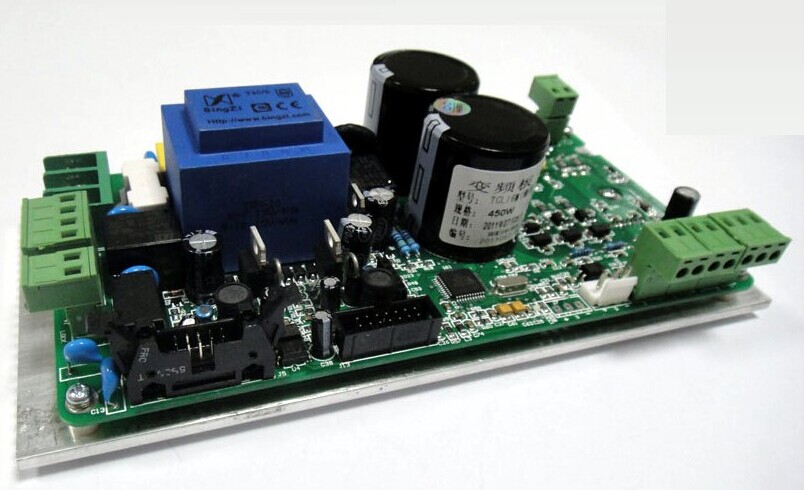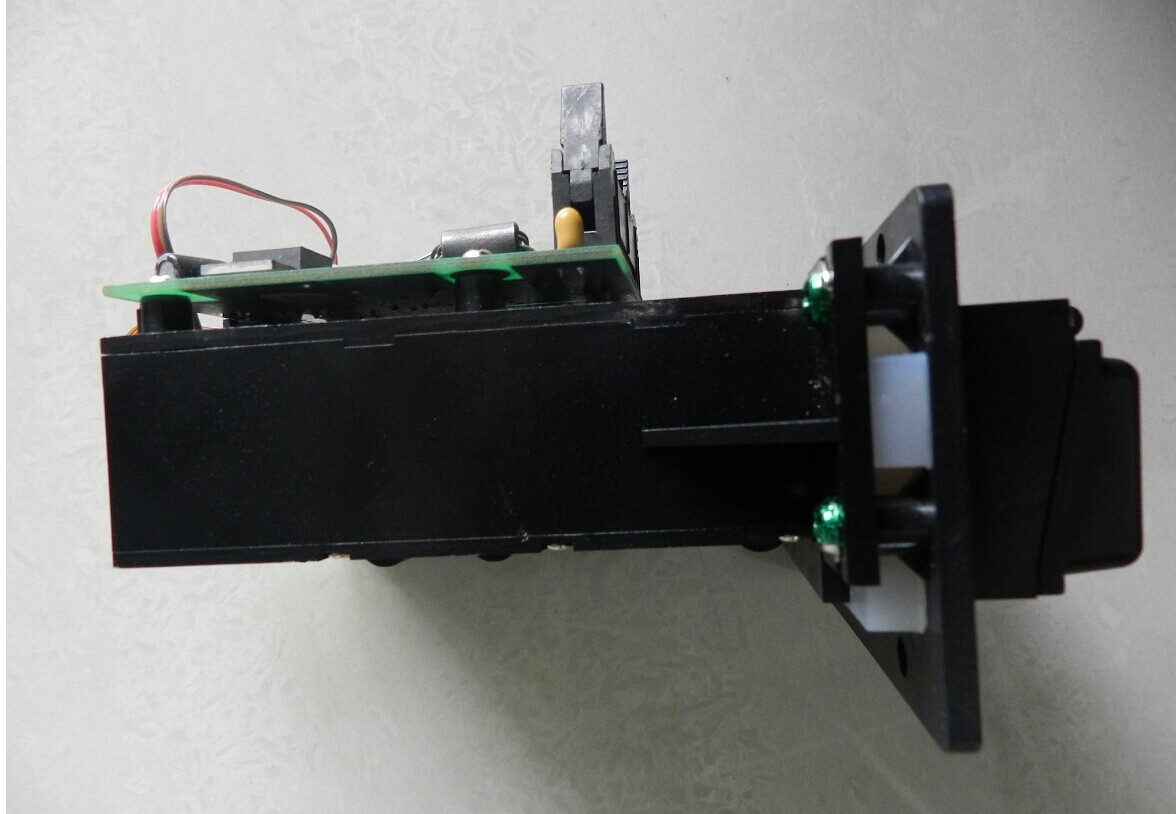In 5G network, Internet of Things and other applications, the requirements for accurate Timing are increasingly high, in order to provide faster and more stable services, IEEE 1588 (also known as Precision Timing Protocol, PTP, precise Timing Protocol) has become the most important compliance standard. This article introduces the specification and application of IEEE 1588, as well as the IEEE 1588 solution introduced by Silicon Labs.
New applications are increasingly demanding timing
Accurate timing is increasingly used in a wide range of applications and business infrastructures, such as mobile communications, networking, smart grids, Internet of Things (IoT), industrial automation, and financial technology (Fintech). Depending on the requirements of the application, the critical infrastructure must be regulated in order to provide accurate timing and frequency for such applications. The requirement for accurate timing is growing and becoming more common in global communications networks and business infrastructure.
In addition, the measurement and automation system requires event synchronization and data correlation, especially in the measurement of multiple devices, the clock synchronization is very important to more, these devices must be accessed directly from public source timing signal, or the equipment must have interaction and synchronization of the various clock way, in order to share a common time base.
Synchronize time across devices
Devices that are close to each other and share a common timing signal are probably the easiest way to achieve time synchronization. For example, servers or adapter cards can share a common clock signal from the backboard for highly accurate event synchronization. However, in order to use such a common timing signal accurately, some calibration is required to compensate for issues such as propagation delays, but since these states are static and determinable factors, this design approach is relatively easy to adopt.
In some ways, GNS-based timing (Global Navigation Satellite System) is a similar method for obtaining clock time from a common source (GNSS signals). However, when the distance between devices increases, or when devices are located indoors (where GNSS signals cannot penetrate), or when such devices are in a state of moving around, having to change their position frequently and frequently makes this approach unfeasible.
In this case, you need to use a private network or an existing network to allocate clock synchronization. A common example of distributed clock synchronization is when a PC's internal clock is synchronized with an NTP time server, or a group of similar devices are synchronized using the IEEE 1588 (PTP) protocol of the PTP Grand Master. In both protocols, the devices periodically exchange information and adjust their local timing sources to match each other.
Both of these time synchronization methods require a continuous clock alignment process, and if the two clocks are set to be perfectly aligned and their frequency sources are running at exactly the same rate, they will remain in sync indefinitely. In practice, however, the accuracy of the clock setup is limited, and their frequency sources run at slightly different rates, and the rate of the frequency source varies with time, temperature, and certain other physical factors. Most modern electronic clocks use some form of crystal oscillator as their frequency source, but all oscillators have their own instability, so the clocks must be continuously synchronized in order to match each other in frequency and phase.
IEEE 1588 meets a variety of application requirements through configuration files
IEEE 1588 specifies the synchronous clock standard protocol for connectivity over networks, such as Ethernet. IEEE 1588 was released as a standard in 2002 to provide fault-tolerant synchronization between heterogeneous network clocks that require little network bandwidth overhead, processing power, and administration Settings. IEEE 1588 provides this functionality by defining a protocol called the Precise Time Protocol, or PTP. Significant improvements have been made to the standard, and by adding special capabilities for various applications of this type, the basic IEEE 1588 has evolved into multiple "profiles" that can be used to meet the needs of a wide variety of applications.
The PTP protocol provides a fault-tolerant method for synchronizing all participating clocks of varying capabilities to use the highest quality clocks on the network. IEEE 1588 defines a set of standard Clock features, by running a distributed algorithm called the Best Master Clock (BMC), each Clock in the network can recognize the highest quality Clock, and the self-tuning network can use the Best Clock source to run in the Best mode. In this way, IEEE 1588 creates a simple clock-self-tuning network that maintains optimal synchronization at all times.
This precise synchronization capability of IEEE 1588 can be used in a wide range of applications such as mobile and telecommunications infrastructure, data centers, smart power and power infrastructure, networked physical systems/industrial IoT, test and measurement, factory automation, robot control, financial networks, and more.
Use a highly stable timing source to reduce drift
Many factors can affect the level of accuracy that can be achieved with IEEE 1588. During the time interval between synchronous packets, the individual clocks in the system drift away from each other due to frequency changes in their local timing sources, so this drift can be reduced by using a more stable timing source and by shortening the interval between synchronous packets.
A temperature-controlled crystal oscillator (TCXO), thermostatic crystal oscillator (OCXO), or atomic clock in a clock source provides greater stability than commercial standard crystal oscillators. In addition, the resolution of the clock and good timestamp transmission in the PTP synchronization messages are important factors. Has a higher resolution clock equipment can more accurately for the message time-stamped, and can lead to the important cause of the problem, is from the change of network traffic, such changes are caused by changes in the packet delay variable flow, and the combination of intermediate network equipment such as hubs and switches, lowering can reach level of synchronization.
The complete IEEE 1588 solution accelerates system integration
Silicon Labs launched designed to simplify the IEEE 1588 the implementation of a new complete solution, through on a single, unified software utility combine inhibits PTP configuration file selection, inhibits PTP network configuration and the physical clock/port configuration, collocation of Silicon Labs industry leading multi-function software tools ClockBuilder ProTM can help designers to accelerate the development of the IEEE 1588 system integration work.
For IEEE 1588, based on the packet clock is not confined to the field of communication network, but to more extensive applications, emerging in these applications, the system designer may look at the clock and synchronous experience is limited, so a key design engineers are faced with the challenge, is to optimize the IEEE 1588 system level performance, the board level hardware/software design and network damage (such as traffic load changes caused by packet delay) of the mutual influence.
By combining PTP configuration file selection, clock/port programming, and simple controls of Silicon Labs Accutimetm IEEE 1588 software, Silicon Labs ClockBuilder Pro software provides a powerful, reliable solution for a variety of network conditions and topology configuration operations. Silicon Labs IEEE 1588 module meets the requirements of telecommunications (G.8265.1, G.8275.1 and G.8275.2), power supply (IEEE C37.238-2011 and 2017), broadcast video (SMPTE 2059.2) and default configuration file standards. It also meets the strict requirements for clock and synchronization in ITU-T G.8261, G.8273.2 (T-BC, T-TSC), G.8273.4 (T-BC-P and T-TSC-P), G.8262, G.812, G.813 and Telcordia GR-1244-Core/GR-253-Core.
conclusion
Precise timing synchronization, can be done by the IEEE 1588 protocol, Silicon Labs provided by IEEE 1588 solutions, can help the industry to accelerate the realization of IEEE 1588, through ClockBuilder Pro software support with the IEEE 1588 module, can help customers to shorten time to market, at the same time overcome the integration with low design challenges brought by the solution of the system, will be the best choice of the related application of clock synchronization function.
 简体中文
简体中文 繁体中文
繁体中文 English
English




